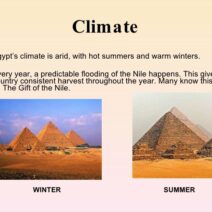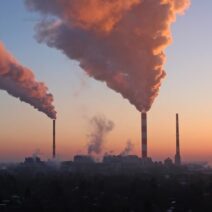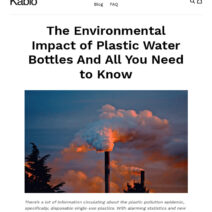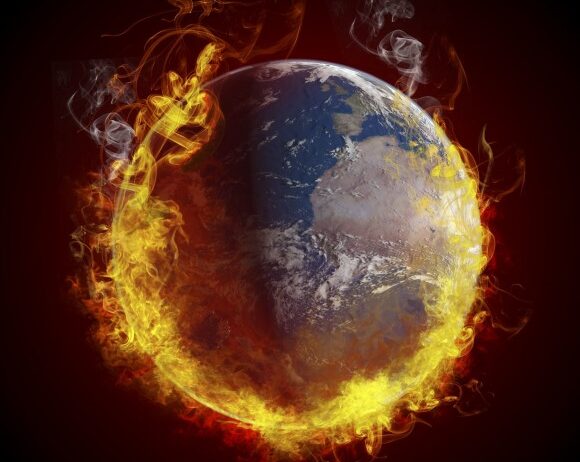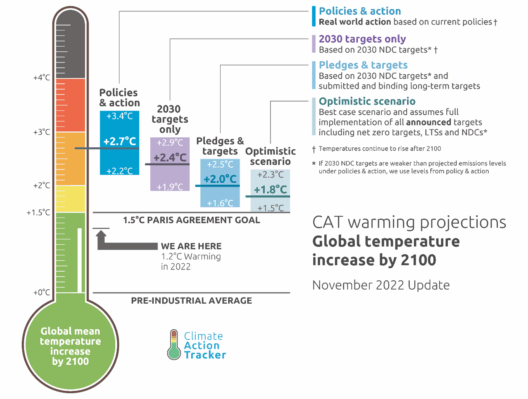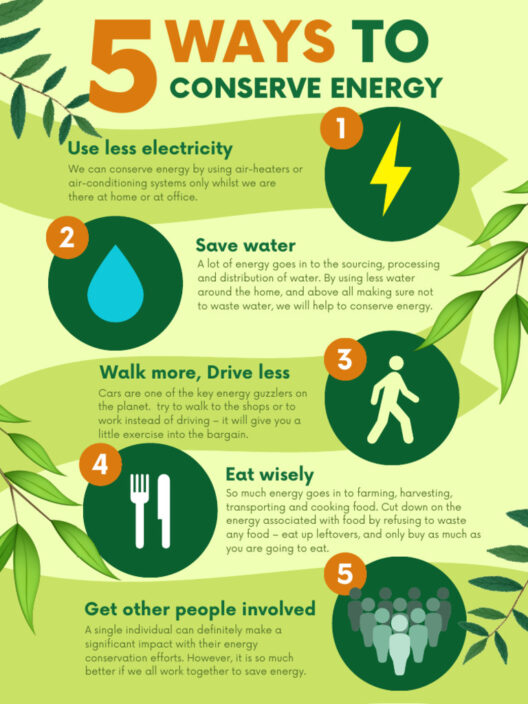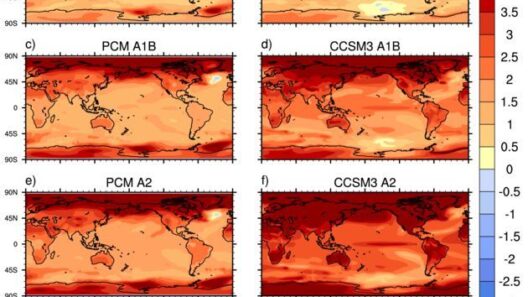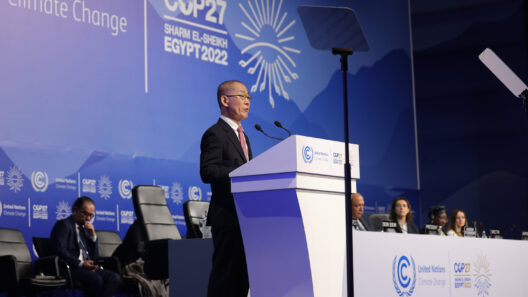Global warming, a phenomenon often likened to a stealthy spider weaving an elaborate web, is intricately connected to a plethora of other systemic issues. These issues range from socioeconomic disparities to public health crises and geopolitical instability. Each strand of this web is taut and interconnected, echoing the saying that problems do not exist in isolation. Instead, they replicate and magnify one another, resulting in a multifaceted crisis that is both daunting and complex.
As global temperatures rise, they trigger a cascade of alterations in atmospheric patterns, leading to extreme weather events. Hurricanes become more ferocious, droughts become more prolonged, and wildfires turn into annual catastrophes. The toll is not merely environmental but rather a litany of economic burdens, social displacement, and psychological strain. In this intricate tapestry, communities are left vulnerable, especially those in regions that already grapple with resource scarcity and infrastructural inadequacies. Thus, the initial thread of climate change is merely the precursor to a more profound unraveling within society itself.
One particularly egregious aspect of this web is the intersection between global warming and food security. As temperatures rise, agricultural yields fluctuate dramatically. Crops that once thrived in temperate climates struggle against erratic weather patterns, pests that proliferate in warmer conditions, and dwindling water supplies. This diminishes food availability, particularly in developing nations, where dependency on subsistence agriculture becomes a liability. As families face hunger, desperation nests itself within communities, prompting migration as individuals seek more stable existences. The Selkirk Settlers, for example, represent this movement as they traverse borders searching for sustenance.
Empirical studies accentuate the proximity of climate change to food insecurity, but the ramifications extend further. The displacement due to agricultural failures exacerbates existing tensions in host regions. Increased competition for limited resources often leads to conflict. The Syrian Civil War is a salient example; scholars posit that prolonged droughts, exacerbated by climate change, contributed significantly to the unrest, acting as a catalyst for an already volatile situation. When basic needs are threatened, society’s structural integrity can erode, transforming disputes over resources into violent confrontations.
Moreover, the nexus of climate change and public health is another intricate strand in this wicked web. The rise in global temperatures fosters environments conducive to the spread of infectious diseases. Mosquito-borne illnesses such as malaria and dengue fever gain new ground as warmer weather extends their geographic reach. Just as physical health deteriorates, psychological well-being detonates. The anxiety tied to climate-related events—natural disasters, heatwaves, and uncertain futures—can lead to long-term mental health issues. The burden of illness, both physical and mental, shared disproportionately by lower-income populations, deepens existing inequalities.
A notable manifestation of this widening chasm of health equity is the differential access to healthcare resources. With climate change creating a milieu of heightened risk, health systems are often overwhelmed, particularly in regions with existing infrastructural deficits. Poor populations may find themselves trapped in an unforgiving cycle—illness exacerbates poverty, while poverty further inhibits access to necessary care. Consequently, these compounded pressures reveal the insidious nature of climate change; each strand intertwines, causing persistent reverberations throughout society, amplifying the suffering of the most vulnerable.
Global warming also destabilizes geopolitical landscapes, as nations grapple with shifting demographics and resource scarcity. Climate-induced migration challenges existing political paradigms and introduces newfound tensions between nations. Countries unprepared for an influx of refugees face social unrest, economic strain, and security dilemmas. The plight of the Pacific island nations, which face existential threats from rising sea levels, exemplifies this tension. As these nations seek aid or relocation, global powers must reassess their diplomatic stances, striking a precarious balance between national security and humanitarian obligations.
In the corporate sphere, the ramifications of climate change translate into economic liabilities. Businesses that fail to adapt find themselves ensnared in the web as they grapple with investing in resilience or facing operational disruptions from climate-related disasters. For instance, industries dependent on fossil fuels face an impending reckoning. The oil and gas sectors, once titanically profitable, may find themselves in jeopardy as regulatory measures tighten and public sentiment shifts toward sustainability. In contrast, industries that prioritize ecological balance may not only survive but flourish as they weave themselves into the fabric of a new economy.
Furthermore, this evolving economic landscape incorporates technological innovations aimed at curtailing climate impacts. Renewable energy sectors burgeon, offering pathways for sustainable development while simultaneously forging new jobs. However, the transition necessitates caution; the uneven shift can catalyze economic disparities, with more affluent regions enjoying the benefits while others lag behind. Bridging this chasm demands comprehensive policies that genuinely consider the repercussions of both climate change and the responses being implemented.
The intricate web of global warming is indeed complex, with its tentacles reaching into every aspect of life. It unveils the interconnectedness of our modern world, where an environmental crisis is not merely a scientific concern but a social, economic, and political ordeal as well. As the strands of this web tighten, the call for collective action becomes ever more urgent. Only through collaborative efforts can society hope to disentangle itself from this intricate crisis, ensuring a sustainable future for generations to come. Together, the challenge lies not merely in recognizing these connections but in committing ourselves to address the systemic changes needed to combat the adversities wrought by global warming.
